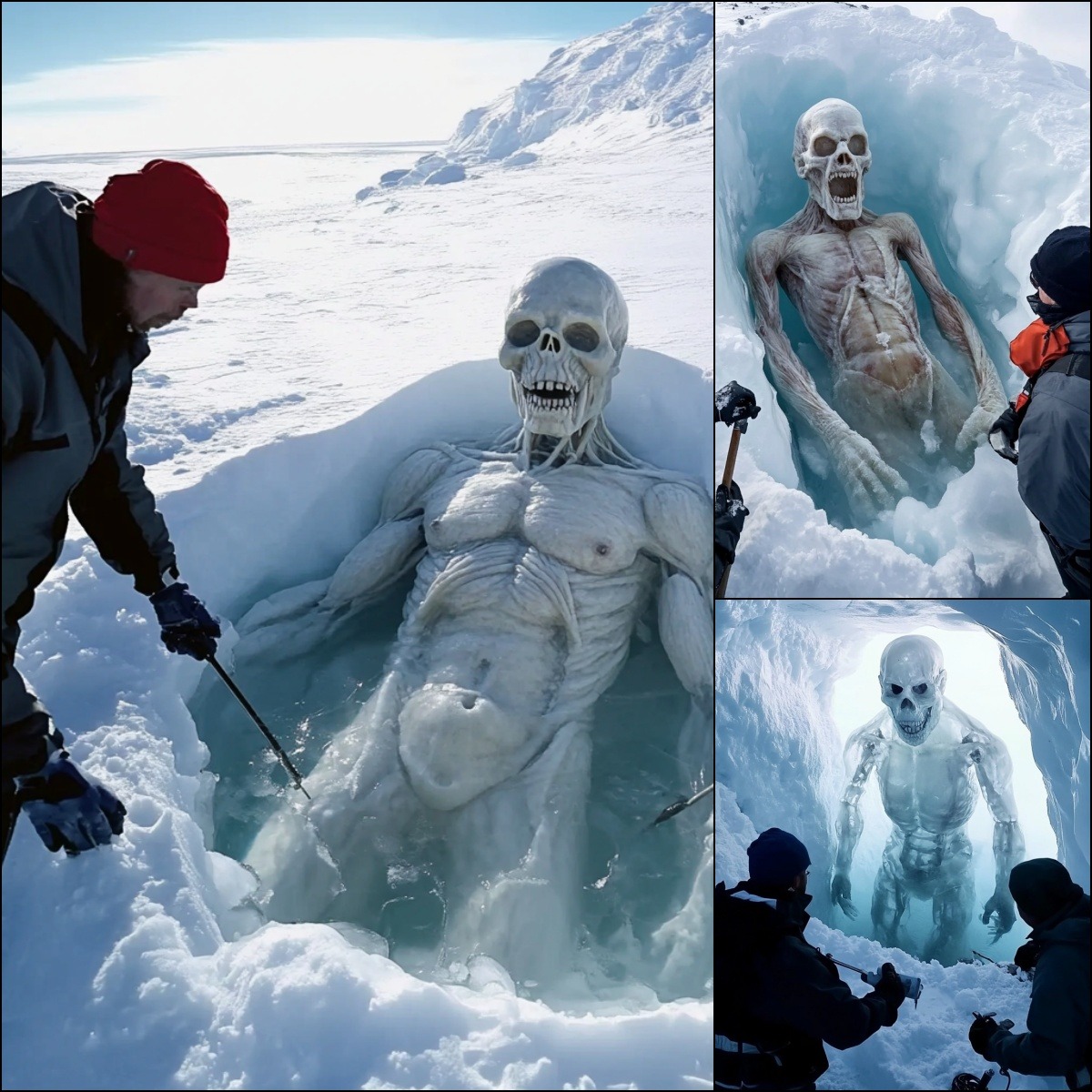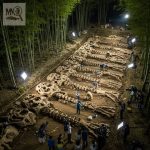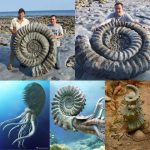Antarctica’s Frozen Mystery: Unearthing Prehistoric Secrets Beneath the Ice

Antarctica, the planet’s most extreme and remote continent, has long been a symbol of icy desolation and scientific intrigue. Yet beneath its frozen surface lies a treasure trove of secrets, waiting to challenge our understanding of prehistoric life. Recently, scientists uncovered a remarkable fossil preserved in Antarctica’s ice, a discovery that has captivated researchers and ignited debates about its origins and significance. This frozen enigma offers an unprecedented glimpse into life in a region where extreme cold and isolation would seem inhospitable to most forms of existence.
A Window Into Prehistoric Antarctica

The fossil, carefully extracted from millennia-old ice, provides tangible evidence that Antarctica’s ancient ecosystems were far more diverse than previously imagined. While the continent today is a barren, frozen wasteland, millions of years ago it was home to lush vegetation, freshwater lakes, and a variety of prehistoric animals. The discovery raises compelling questions about how life adapted to dramatic climate changes and the extent to which Antarctica may have supported unique species during prehistoric eras.
Every bone and fragment tells a story. Scientists examining the fossil are intrigued not only by its preservation but also by its anatomical features, which could shed light on evolutionary pathways previously unknown. Whether it belonged to a giant reptile, an early mammal, or an entirely new species, the find challenges long-standing assumptions about biology, evolution, and the history of life on Earth.
Scientific Fascination and Debate
The Antarctic fossil has sparked vibrant discussion in the scientific community. Researchers are debating its classification, possible ecosystem role, and the environmental conditions that allowed such preservation over millennia. The frozen state of the fossil has protected it from decay, offering an extraordinary level of detail that could reveal insights into anatomy, diet, and behavior.

Moreover, this discovery highlights the importance of Antarctica as a natural archive of Earth’s prehistoric past. Unlike other continents, where fossils may be scattered or eroded, the ice serves as a protective layer, preserving specimens in remarkable condition. This allows paleontologists to reconstruct ancient climates, track evolutionary changes, and gain a deeper understanding of how species survived in extreme environments.
Exploring the Frozen Frontier
Antarctica’s frozen expanse is not only a scientific frontier but also a source of wonder and mystery. Each excavation and analysis brings humanity closer to unraveling the continent’s hidden history. The combination of breathtaking landscapes and unparalleled preservation conditions makes Antarctica a natural laboratory, offering clues about life on Earth millions of years ago.
Conclusion
The frozen fossil discovered beneath Antarctica’s ice is more than a scientific curiosity; it is a portal to a lost world. It challenges our understanding of evolution, ecology, and the adaptability of life in extreme conditions. As researchers continue to study this extraordinary find, the icy continent stands as a reminder that history and mystery collide in the most unexpected places. Antarctica, long viewed as desolate and inhospitable, is revealing itself as a frozen archive of Earth’s prehistoric secrets, waiting to transform our understanding of life on the planet.











